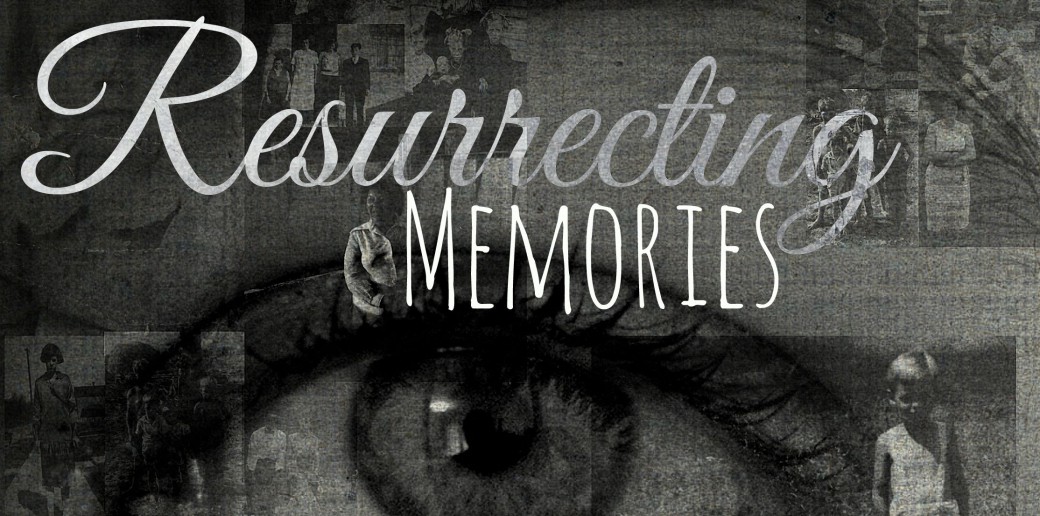Lillie Cardin Murr was the first wife of Louis Murr and the mother of my great grandfather Raymond Amos Murr. Lillie was born in January 1878 in Monroe County, Tennessee to Thomas Barrett Cardin and Amanda Manis. She died at the age of 49 on August 11, 1927 of Pellagra at the Eastern State Hospital in Bearden, Knoxville, Knox County, Tennessee. Her life had been largely a mystery, until I located her death certificate…

Two facts from it helped me figure out the end of her story:
- Pellagra is vitamin deficiency disease frequently caused by a chronic lack of niacin (which is instrumental in the circulatory system). It is classically described by three D’s: Diarrhea, Dermatitis, and Dementia. In order to have a decisive diagnosis, skin legions must also be present. A common cause is a corn-based diet. Following the corn cycle, the symptoms typically appear in the spring and worsen in the summer due to sun exposure until eventually becoming constant. Without treatment, death usually occurs in four to five years. Between the years of 1906-1940 their were an estimated 150,000 deaths caused by Pellagra in the Southern United States with the majority of victims being the impoverished, African Americans, and adult women. Of the infected, only about 2% of pellagrins were institutionalized.
- The Eastern State Hospital, located in the Bearden area of Knoxville, was primarily a mental institution and where she had been a patient for the last 20 days of her life.


In 1896, Lillie had her first child despite being unwed, his name was Charles “Charlie” Cardin, he went on to marry Mary Ann Giles in 1914 in Monroe, Tennessee.
Lillie married Louis Murr on November 25, 1900 in Monroe County, Tennessee. The couple went on to have the following children there (not including at least one other child who died prior to 1910):
Andy Murr b. July 12, 1904
Gibson Murr b. July 25, 1906
Bessie Murr b. abt 1908
Virgil C. Murr b. December 25, 1910
Earnest Murr b. August 5, 1913
Raymond Amos Murr b. October 17, 1914
The family lived near Tellico Plains, Monroe, TN where Louis farmed, the Murr family probably had grits or cornbread at almost every meal. Today, the recommended daily value for women over 19 years of age is 14mg of niacin and we typically receive enough due to the amount of meat we consume. But back in the 20′s, meat wasn’t as readily available to the impoverished families of the Southern US. Corn was, and it was a heavily relied on staple in their diets. The prosperity of the “Swinging Twenties” was much more prevalent in cities, as the First World War had created an agricultural boom and after the war ended prices on corn, cotton, and wheat plummeted. The 1920′s created a growth in cities while the rural communities suffered a lull in their economy, and in 1921 Pellagra cases spiked because of it.
In the beginning stages, Pellagra causes depression and fatigue. Next, painful blistering occurs on the sufferers hands, chest, and neck (often made worse by the skin being exposed to sun). It isn’t uncommon for the tongue and throat to turn bright red and for hair to fall out, as well as mental confusion to begin. As the disease progresses, the minerals from bones and teeth deteriorate causing osteoporosis and tooth decay. In advanced stages, sufferers may become extremely sensitive to light, have heart muscle damage, some sufferers get nerve damage and paralysis of limbs. In the months before death dementia takes hold of the brain. The stigma for those afflicted with Pellagra was almost as horrible as the disease itself.
Because Lillie was hospitalized in July of 1927, it is likely she had been suffering from dementia for some time and that her family just couldn’t care for her anymore. Pellagra no doubt wreaked havoc on her body, mind, and personality. Ten years after Lillie Cardin Murr’s death, in 1937, niacin was identified as the vitamin responsible for preventing the malady and by 1960, it was almost completely eradicated in the US.






